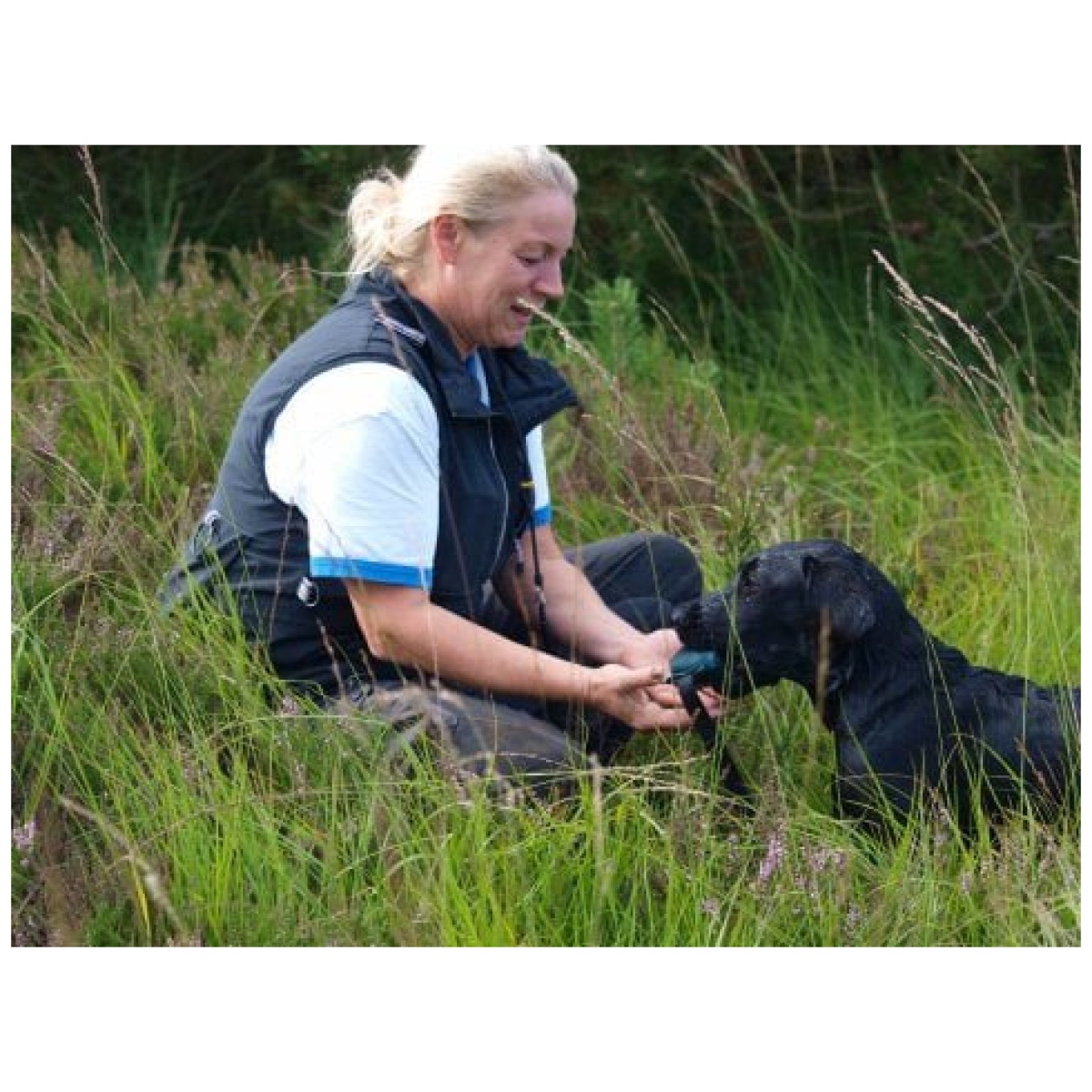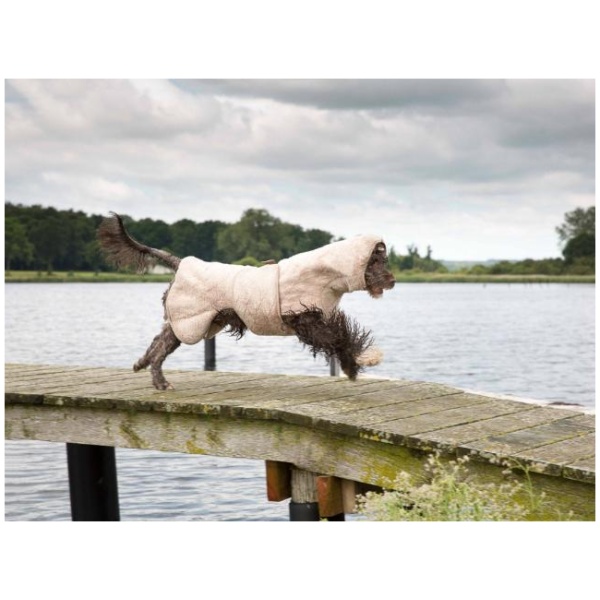
Guest blogger Cha Staun has written this post about the benefits and opportunities of giving your dog a massage.
Cha has an education as a dog behavior specialist and an education as a dog masseur and works at an animal hospital. Cha has an incredibly broad experience with and great knowledge of dogs – and is himself the owner of three Labradors, who are diligently trained, among other things for hunting.
Have you ever considered going for a massage with your dog – or your cat – for that matter?
Many people do not know what benefits and opportunities dog massage provides. In this post I will briefly try to list some of them. Because maybe massage is just something for you and your dog?
All in all, virtually all dogs can benefit from a one-time massage every now and then. Whether it’s just to keep the old dog going, or it’s regular maintenance of your healthy and fit dog.
You get it from dog massage:
- Dog massage increases blood circulation
This helps to set many things in motion. Among other things, there is a faster cell division, which means that your dog heals and recovers faster on top of an injury. Nutrient uptake and metabolism are increased. Waste substances are transported out of the body faster.
- Dog massage prevents injuries and diseases in your dog’s musculoskeletal system
The dog gets more strength and flexibility in its muscles, which makes the bones move properly in relation to each other (the joints) and protects the whole dog.
- Dog massage reduces the risk of injury and provides a better performance of e.g. hunting, draft, shepherd and other working dogs. But also for the dog that just gives it gas beyond the fields on the airing trip. Or maybe the show dog who just lacks the last drive in the ring.
- Dog massage helps the dog with muscle related problems
Sore muscles are often caused by overloads e.g. in connection with hip or elbow joint dysplasia, arthritis or otherwise compensation for pain elsewhere in the body.
- Dog massage helps the dog more quickly through a rehabilitation process and reduces the formation of scar tissue after e.g. an injury or surgery.
Behavior and pain
Many behavioral problems in dogs are due to pain. It is often seen as stress, nervousness or aggressive behavior. Here it is important to find out the real cause. If necessary, ask a behavioral specialist.
If the behavioral problems are caused by pain, dog massage may help.
Massage can not always help
You can not massage yourself out of everything. One should not massage on a dog if it e.g. have bone fractures, diarrhea, fever, bleeding, cancer, are pregnant or lactating, severe skin eczema, inflammatory conditions. Here you have to see a vet.
When you show up for dog massage
Before you go for a dog massage with your dog, make sure that it is reasonably clean in the coat and on the skin. The dog does not necessarily have to be freshly washed, but the coat must not be lumpy – it can, however, be slightly filtered by the massage.
It can be a great advantage that the dog is used to being handled – also like, but not necessarily on a table. Many dogs may be a little insecure at the beginning of the treatments – especially if they are in pain. However, it is often experienced that the dogs that come regularly have lured that it does good for them and they enjoy it to the fullest.
I hope this can inspire you to get away with your dog. Just like us, your dog also benefits from it.




